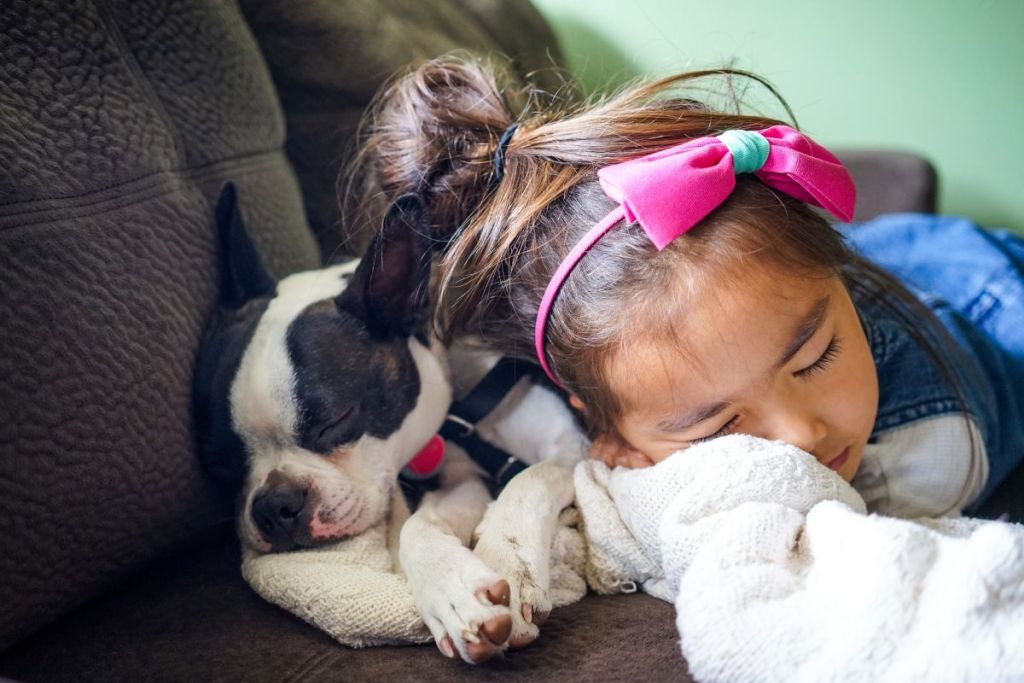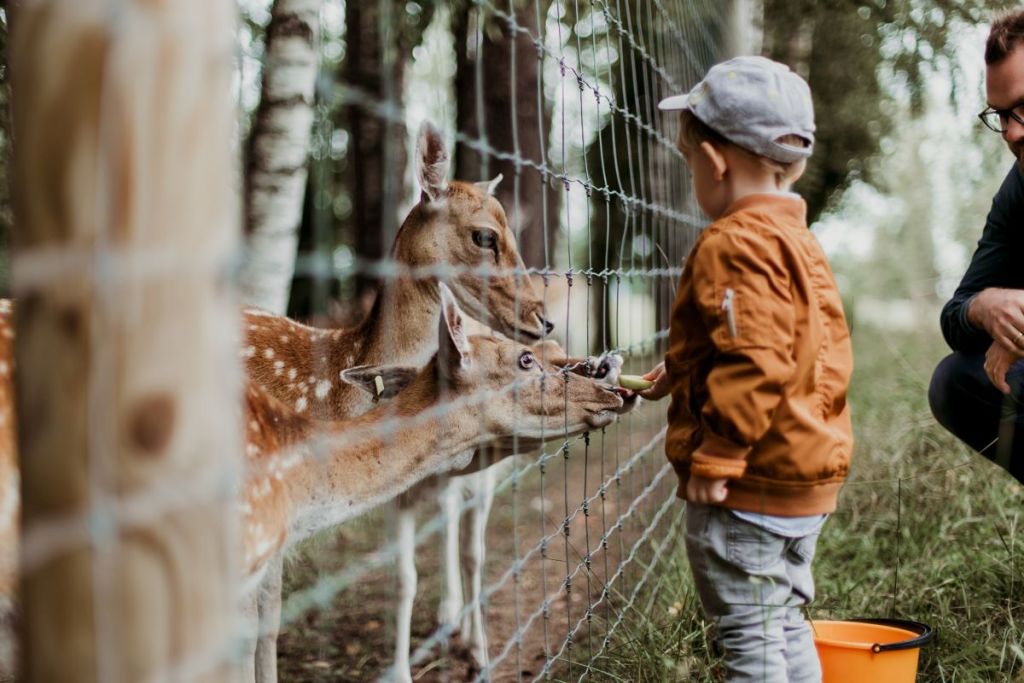If you have a pet, or you simply love critters of all types, you might wonder how to teach kids to be kind to animals. By bridging relationships between kids and animals, you’re providing opportunities for the youngsters to gain some favorable values that they can apply to all aspects of life as they grow up. In fact, research shows that allowing kids to interact with pets and animals at a young age instills some character traits such as kindness, empathy, understanding, and responsibility. This is because they learn to give without the expectation of receiving back. They understand that pets aren’t humans, but they deserve special treatment and respect also. Below are six ways to teach kids to be kind to animals that we’ve discovered and would love to share with you.
- Give your child the responsibility of taking care of a pet
- Teach them about the adoption of pets rather than buying a new one
- Buy your kids animals and pet books
- Watch animal and pet shows with your kids
- Visit an animal refuge, zoo, or aquarium
- Assist your child in learning appropriate behavior around animals

Give your child the responsibility of taking care of a pet
Of course, this idea applies to children around the age of 3 or 4 and older. At this age, you can help your kids with simple tasks like placing the pet’s food in the bowl. Another fun, yet necessary activity, would be taking a dog for a walk especially if your child rides a toddle bike beside you. Or you can show them how to avoid overfeeding the goldfish.
As your children mature, you can assign the duties of feeding, bathing, and exercising the animal to them. Additionally, they might want to accompany you and the pet to the vet’s office to help the animal to stay calm., but regardless of the specific tasks that your child takes on, he or she receives the special gift of bonding with this pet and seeing it thrive under his or her care.
Teach them about the adoption of pets rather than buying a new one
Before arriving at the step where your child starts learning to care for an animal, you can teach him or her the value of pet adoption or fostering. The best part about adoption is that your family takes a neglected and homeless pet into your care and away from the shelter or street. Secondly, you’re supporting local shelters and pet welfare organizations as opposed to “puppy or kitten mills” that don’t always take proper care of their animals.
If you have already provided a forever home for a pet, or you can’t adopt at this time, you and your children can always volunteer at the local shelter or Humane Society. For children, giving attention to the animals provides a fun and rewarding activity that teaches them the value of caring for their four-legged friends. For teens, the giving of time offers an opportunity to build trust and take responsibility while adding a resume builder to their list.
Buy your kids animals and pet books
Aside from the interaction between kids and animals, you can also promote a love for all creatures great and small along with a love for reading by providing books about animals. Anyone knows the value of reading with children from a young age, but with this tactic, you can also help them identify the various traits and instincts of animals. Therefore, reading about animals extends the opportunity for learning into other areas like science. So, you’ll not only draw your kid closer to a love for animals and the environment but also an appreciation for scientific exploration and lifelong curiosity about nature.
Watch animal and pet shows with your kids
You can find a plethora of age-appropriate programs on Animal Planet and National Geographic to share with your kids. By watching animals in their natural habitat and learning more about their behavior, your children can see and hear about the importance of taking care of the environment and protecting endangered species. In turn, by learning about all these aspects of nature, your kids develop passion and interest for animals in other parts of the world.

Visit an animal refuge, zoo, or aquarium
Another situation that gives your child an insight into animals’ behavior and environment is a visit to a zoo, refuge, or aquarium. A tour with a trained guide giving all the information would also enhance the learning experience. It’s one thing to watch an interesting, narrated show on T.V., but a trip to the zoo gives your children an up-close view of their favorite animals. As a matter of fact, you might consider including a detour to a petting zoo as well. All in all, visits to such facilities would also help build positive, lifelong memories of learning together as a family.
Assist your child in learning appropriate behavior around animals
A trip to the zoo or aquarium also involves learning about appropriate behavior around animals. Aside from hearing the rules from the tour guide, you can start the lesson at home or the library by reading about zoological facilities and the importance of refraining from making any loud noises and keeping your hands away from the barriers between you and animals. And while kids mean well by wanting to feed the animals, you can also teach why that isn’t a good idea since they have a special diet to follow.
So, as you think of more ways of how to teach kids to be kind to animals, you can try these ideas and bring in other nature-related activities. The most important thing to remember is to make these experiences as fun and positive as possible. Also, it helps to start small either with your own family pet or by volunteering at a shelter. Gradually, as your kids get older, you’ll be able to see how they’ve developed a respect for animals and their habitat.



